Aspects of Siva and Sakti in Indian Art: Earliest Times to The Cola Period
The monograph entitled Aspects of Siva and Sakti in Indian Art authored by Dr Kamal Shankar Srivastava is based on the literary and archaeological data pertaining to various forms-theriomorphic, anthropomorphic, and phallic of Siva and Sakti, which are depicted in Indian art from the earliest times to the Cola period. The concept of Siva and Sakti, the fundamental of creation in Indian philosophy, has been discussed elaborately in the ancient texts, while the temples, icons and paintings from the material expression of this concept with a holistic understanding almost all the significant aspects of Siva and Sakti narrations with their philosophical explanations have been incorporated in the proposed work. The long time span selected for this study helps demarcating the formulation, development and elaboration of the concept, as well as the artistic amplitude of Siva and Sakti in the art and culture of India.
The subject matter of the present work has been divided into six chapters: Introduction; Siva and Sakti in Indian Literature; Iconography of Siva and Sakti; Siva in Indian Art; Sakti in Indian Art; and Conclusion, besides two Appendices on Popular Deities of Siva and Sakti Family (especially Ganesa, Karttikeya, Nandi, and related allies) and Siva and Sakti in Indian Architecture; apart for a detailed Bibliography and 106 figures and 2 maps provide reading references and visual data.
The present work reflects the abstract and views of to ascertain the place, importance, role as well as theme of depiction of Siva and Sakti through the ages and phases of art, philosophy, literarily and iconographically faith in Saivism is an outgrowth of religion. The phallic emblem of Siva as found in the ruins of Indus Valley Civilizations, is even toda. an object of worship among the followers of Saivism. It is a living faith all over India, Saivism in its characteristic prevalent form worship of Siva and Sakti in union, i.e., the symbolic form of a Lingam and Yoni.
This monograph is especially self-explanatory and fruitful for art-lovers and the scholars of religious history of art and iconography.
Get it now and save 10%
BECOME A MEMBER

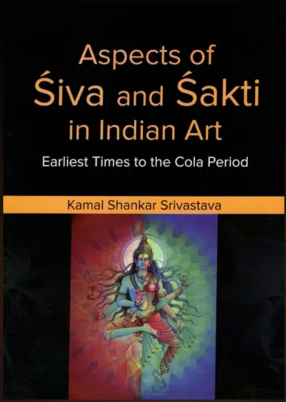
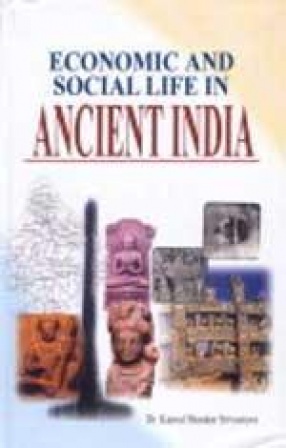
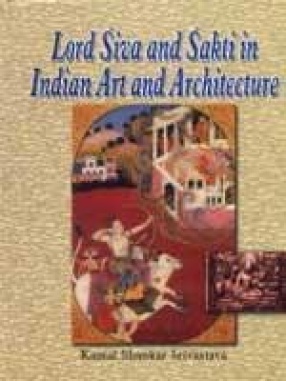
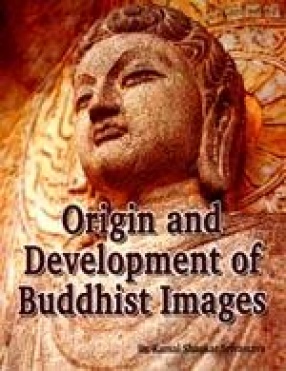
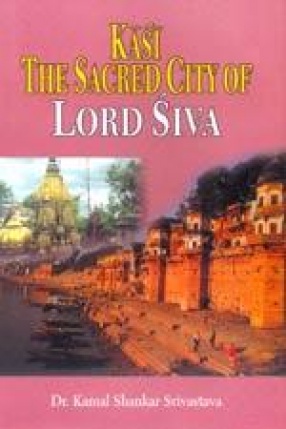
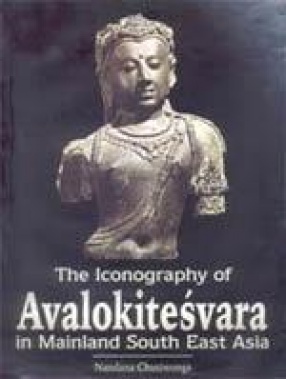
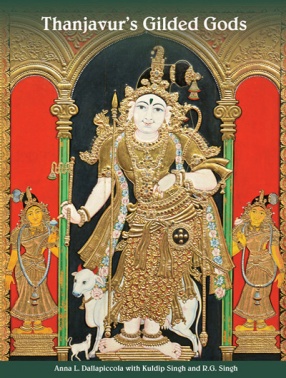
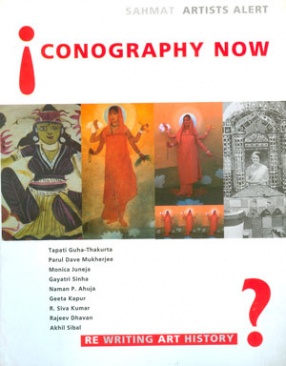
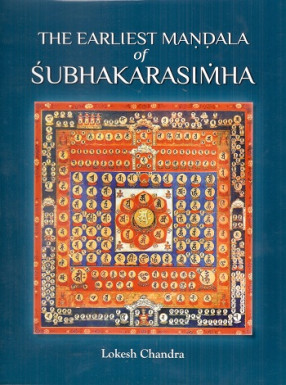

Bibliographic information